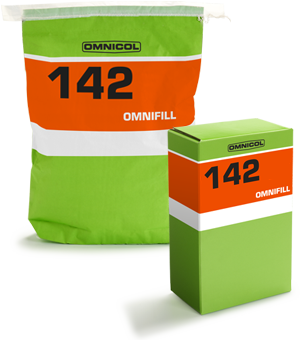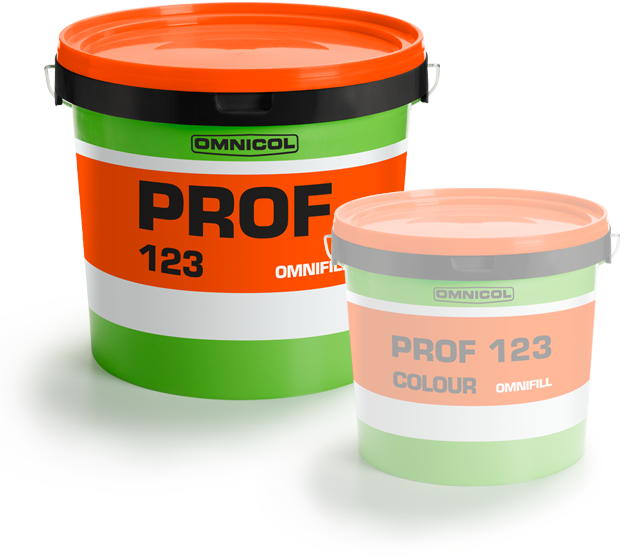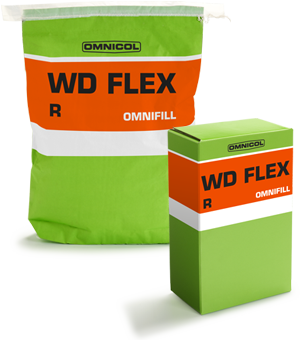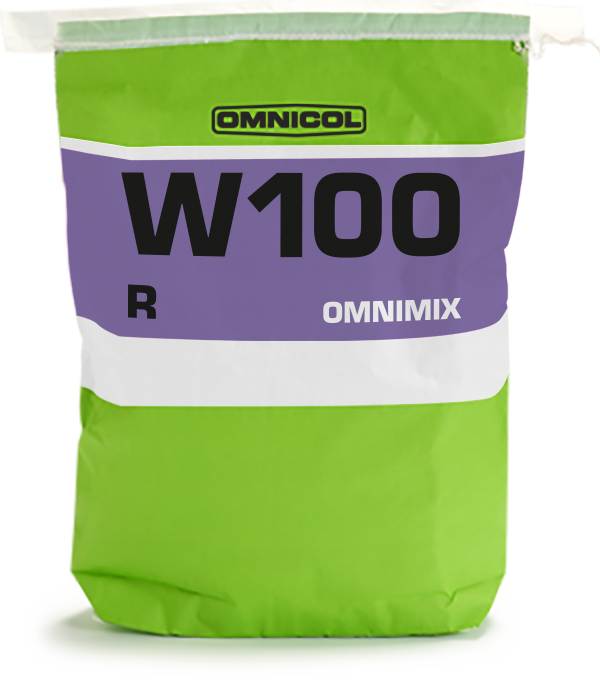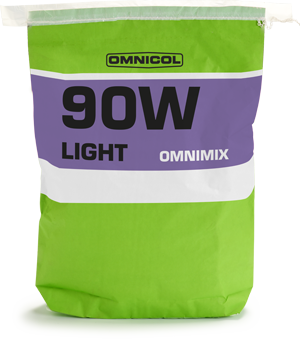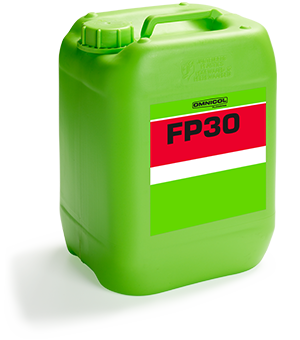SILICONE omnikit
Sealants
Applications
Neutral, fungicide silicone mastic with excellent adhesion, which does not require a primer when used on acrylic baths and shower trays. Especially suitable for sealing joints and seams in sanitary facilities and wet rooms, especially joints between plastic baths/shower trays and tiled walls, wall-floor and movement joints in tiled walls and floors.


Getting started with SILICONE omnikit

grey

silver grey

jasmin

n.t.b.

antracite grey

manhattan grey

bright white

portland grey
Colour chart
Safety information
Certificates and documents
Download the documents available from this specific product here.
Can't find the right certificate?
Contact usLet us help you out
Why should I apply a sealant?
Sealing materials are applied in places or spaces where one wants to prevent the effects of use from spreading to adjacent spaces, such as moisture in a bathroom.
Do I no longer need to worry about a sealant joint?
Unfortunately, this is not the case. A sealant is subject to various loads (such as force, tension, moisture, UV), which cause its performance to decrease over time. Therefore, sealant joints are often referred to as "maintenance joints," which should be periodically checked and replaced as necessary, depending on the load. A sealant joint cannot be repaired.
One sealant for everything?
Sealant is a collective term and comes in countless compositions/materials, with diverse properties. Therefore, make sure to inquire thoroughly in advance about the function (sealing/gluing), the load (swimming pool, expansion joint), and the substrate (color-sensitive natural stone) in order to select the right sealant.


